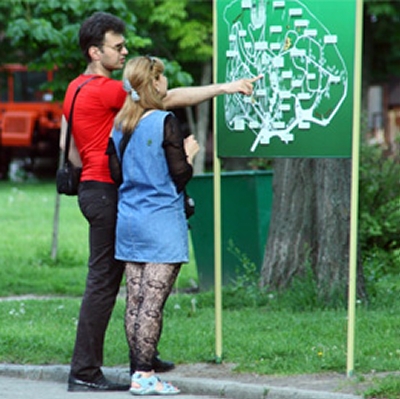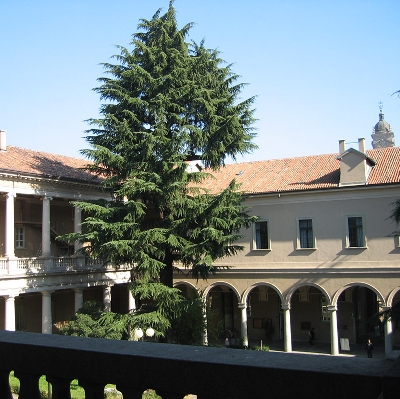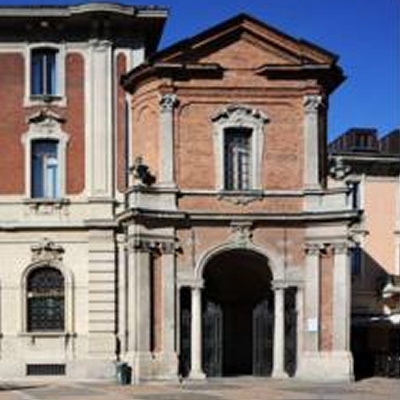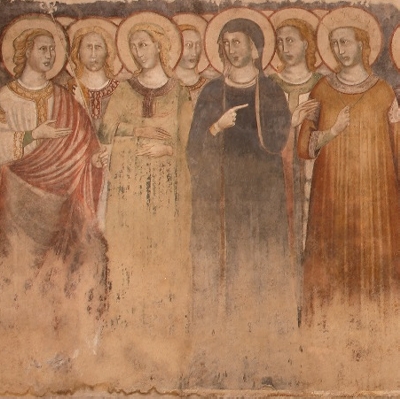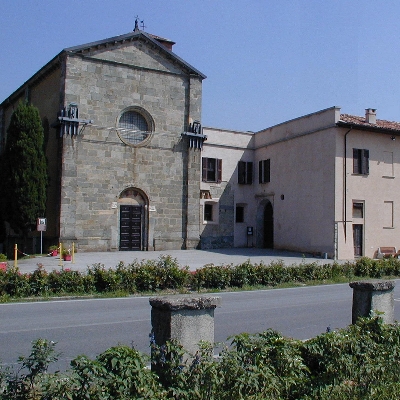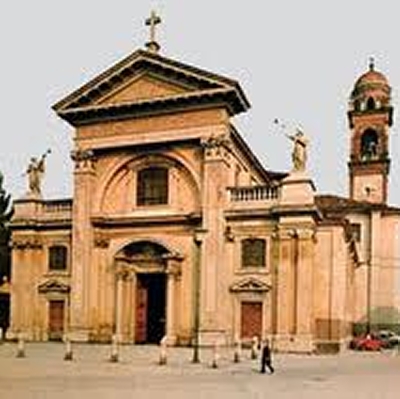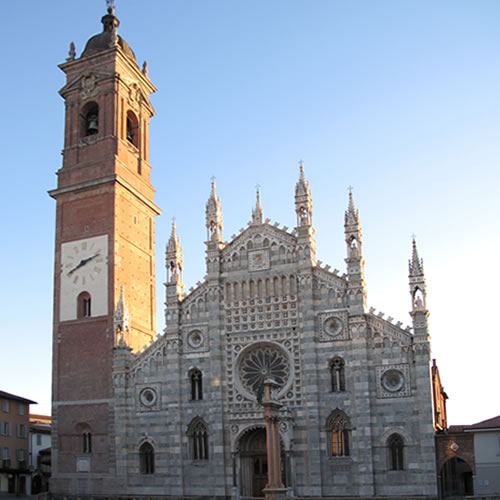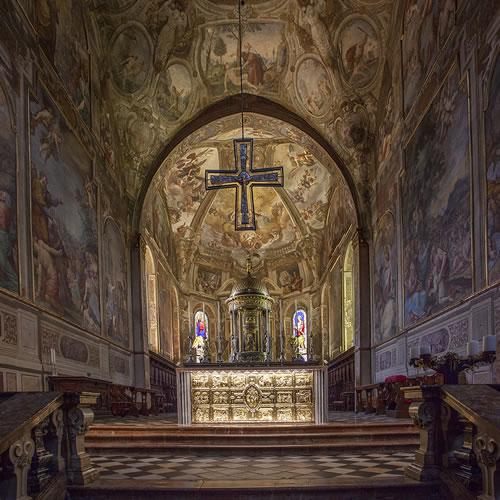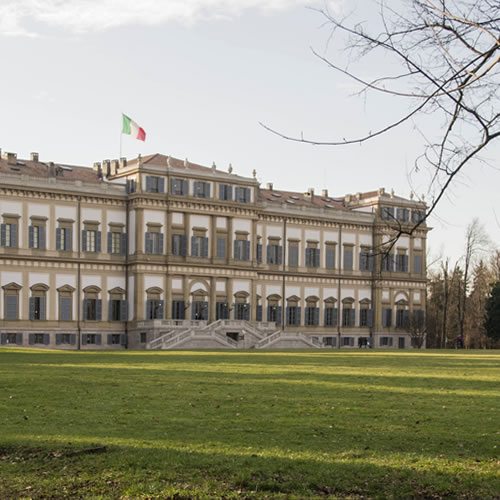- longobardways.org
To the origins of European Culture
The “Longobard Ways across Europe” Route winds along the path of the epochal migration of the Longobard people from the Northern seas to the Mediterranean. A “journey” made between the 1st century BC (archaeologically confirmed presences in Northern Germany) and 1076 AD (Norman conquest of the Longobard principality of Salerno). An extraordinary historical adventure, but also a fundamental page of cultural evolution. In 2011, in fact, UNESCO recognized the Longobard culture as the <primary root of European Culture, later developed by the Carolingians>: a basic reference for the current consolidation of a shared European Culture.
The Route – which aims to promote tourist exploration of the Longobard “world” – is divided into several destinations defined as “Identity Clusters”: micro-territories characterised both by local history – which can be found in the Points of Interest constituted by the Museums and the Longobard artistic-monumental assets – and by their current endogenous resources (natural environments, food and wine, crafts, tourist services).
The "Longobard Ways across Europe" Route is a candidate for inclusion in the list of European Cultural Routes promoted by the Council of Europe.

 Germany / NiedersachsenStade
Germany / NiedersachsenStade Germany / NiedersachsenLüneburg-Heide / Megalithic graves
Germany / NiedersachsenLüneburg-Heide / Megalithic graves Germany / NiedersachsenLüneburg
Germany / NiedersachsenLüneburg HungaryBalaton
HungaryBalaton Slovenia / GorenjskaKranj
Slovenia / GorenjskaKranj Italy / MonzaFoundation of the Duomo
Italy / MonzaFoundation of the Duomo Italy / MonzaCathedral of St. John the Baptist
Italy / MonzaCathedral of St. John the Baptist Italy / MonzaMuseum and Treasure of the Cathedral
Italy / MonzaMuseum and Treasure of the Cathedral Italy / Cividale del FriuliMu.Cris - Christian Museum
Italy / Cividale del FriuliMu.Cris - Christian Museum Italy / CastelseprioTorba Tower
Italy / CastelseprioTorba Tower Italy / PaviaPonte Vecchio sul Ticino
Italy / PaviaPonte Vecchio sul Ticino Italy / BobbioAbbey of St. Columban
Italy / BobbioAbbey of St. Columban Italy / CampelloTempietto sul Clitunno
Italy / CampelloTempietto sul Clitunno Italy / BeneventoChurch of St. Sofia
Italy / BeneventoChurch of St. Sofia SalernoLast Principality
SalernoLast Principality Monte Sant’AngeloCave-Sanctuary
Monte Sant’AngeloCave-Sanctuary

